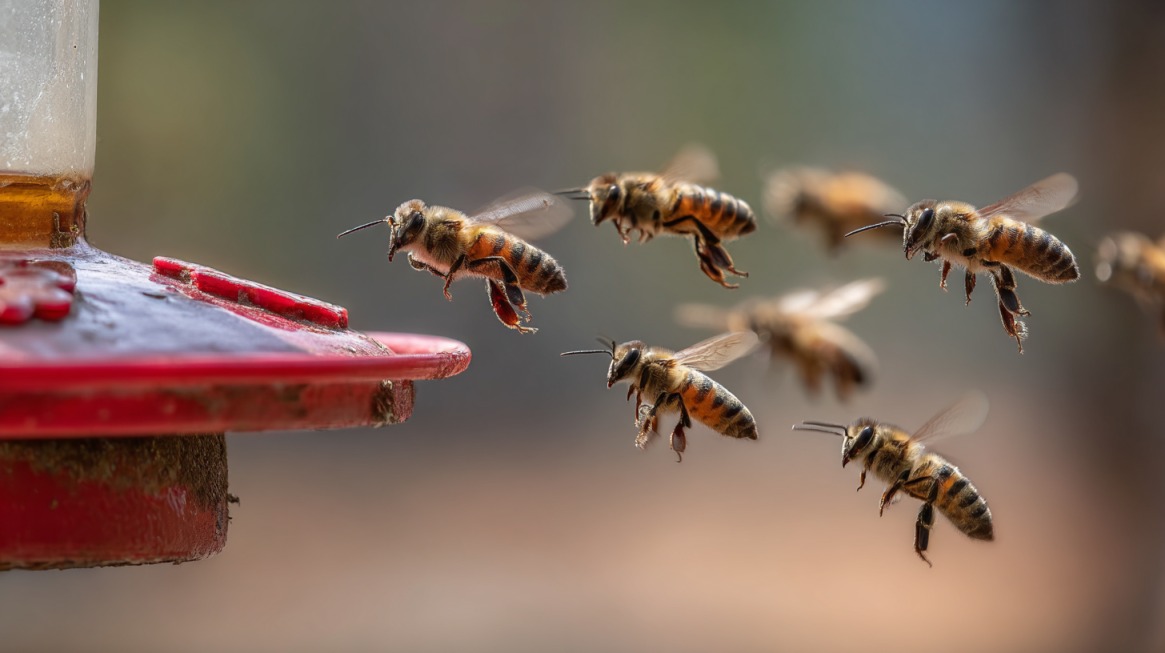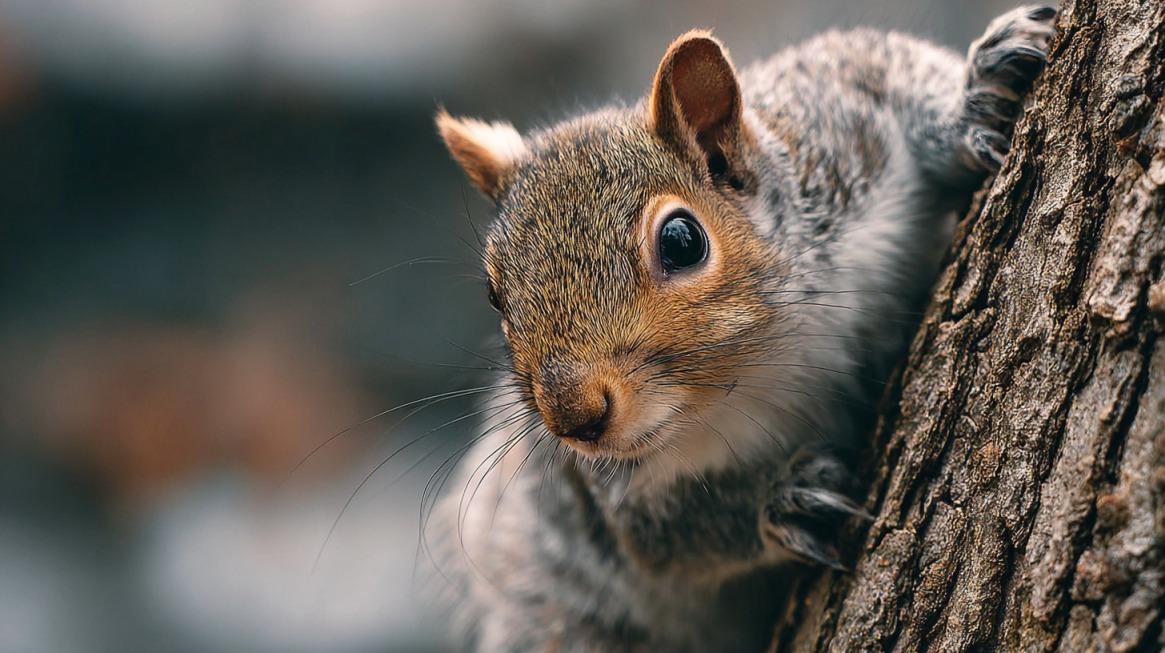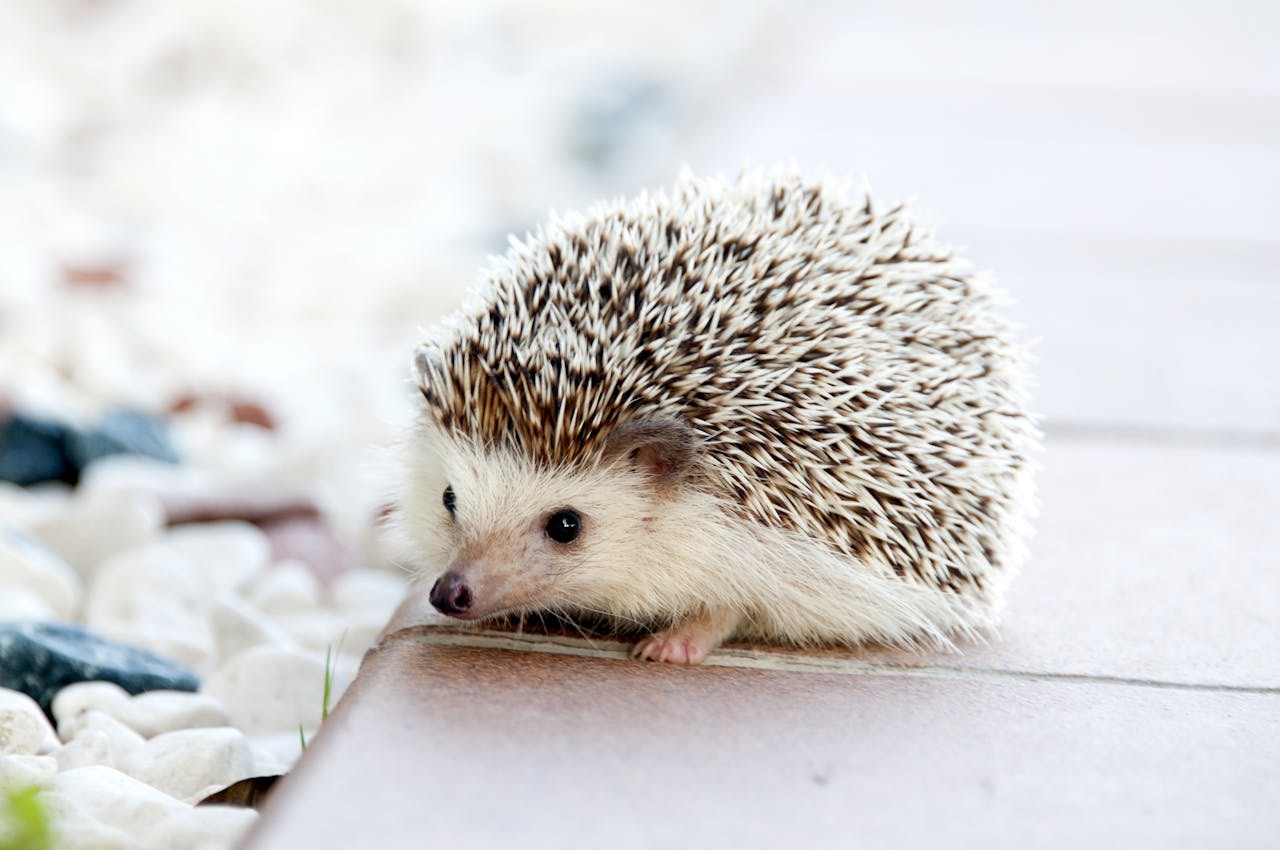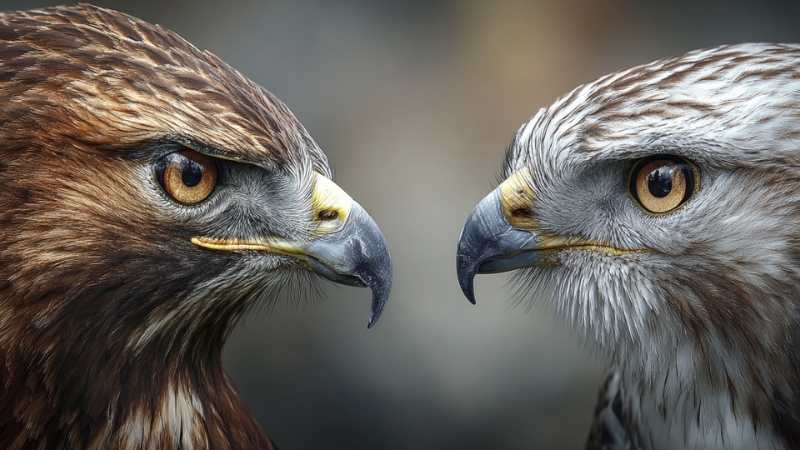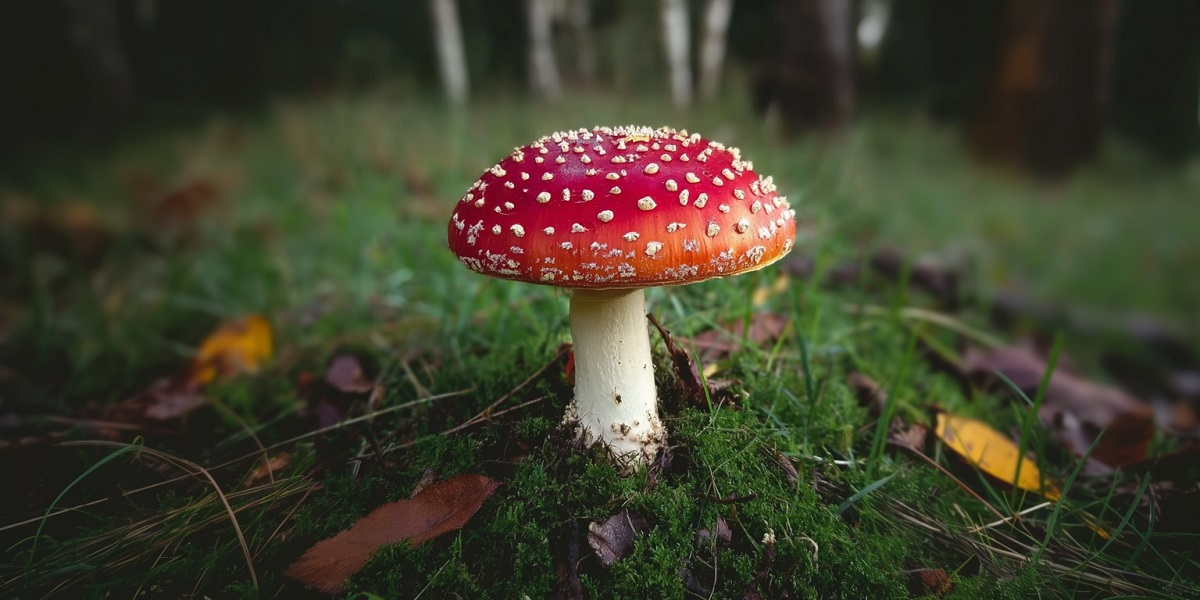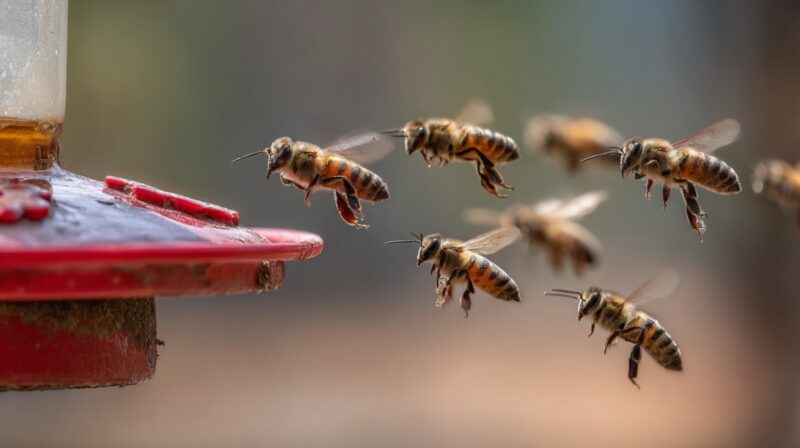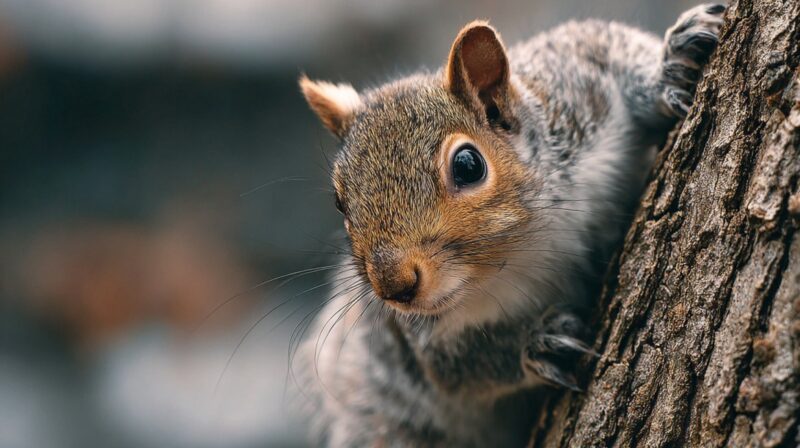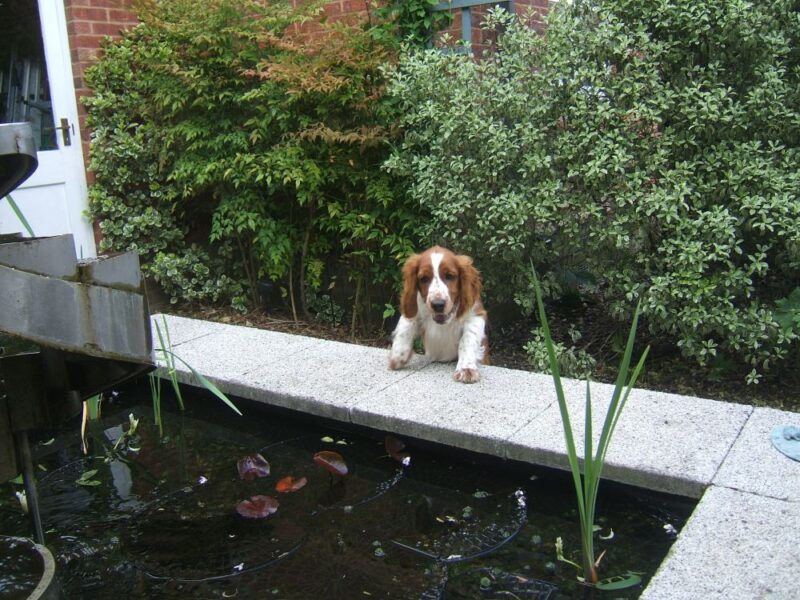
Share Post:
Creating a pet-friendly backyard pond brings together beauty, tranquility, and playfulness in one space.
A well-designed pond can become a peaceful retreat for humans and a safe, stimulating environment for pets.
Dogs often love the sound and movement of water, but proper planning ensures safety and enjoyment for all.
Thoughtful choices in placement, materials, and maintenance keep the pond clean, durable, and inviting.
With care and creativity, any backyard can transform into a relaxing oasis where pets explore, play, and cool off under watchful eyes.
Table of Contents
Toggle1. Choose a Safe and Visible Location
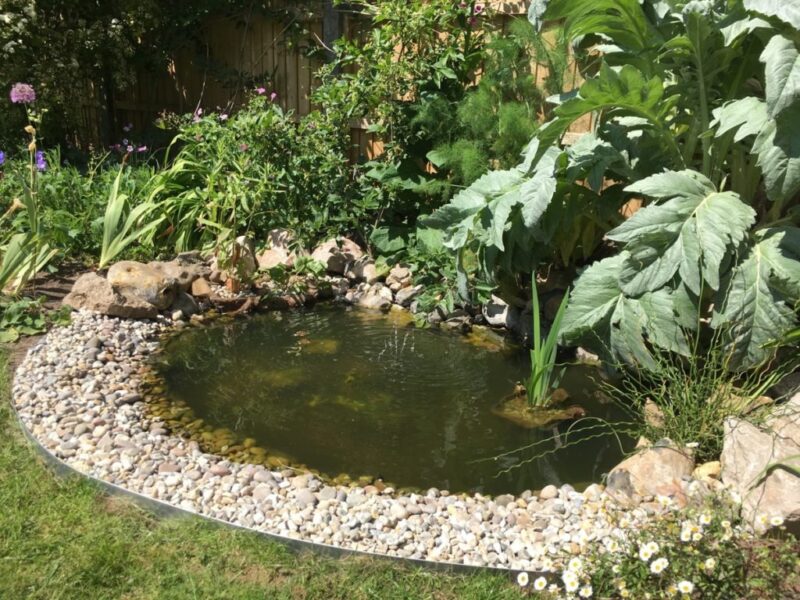
Positioning a pond in a visible, high-traffic area helps keep pets safe and ensures constant supervision.
Dogs are naturally curious and might investigate the water, so visibility allows owners to intervene quickly if needed.
A shaded or partially shaded spot protects pets from overheating, making the environment pleasant for both animals and aquatic life.
- Keep the pond close to the house or patio for easy monitoring.
- Select an area with partial shade to prevent excessive algae growth.
- Avoid hidden corners or back-of-yard locations that might be neglected.
Creating a visible and safe environment helps maintain a balanced ecosystem while allowing pets to enjoy the water safely.
2. Ensure Easy Access and Escape
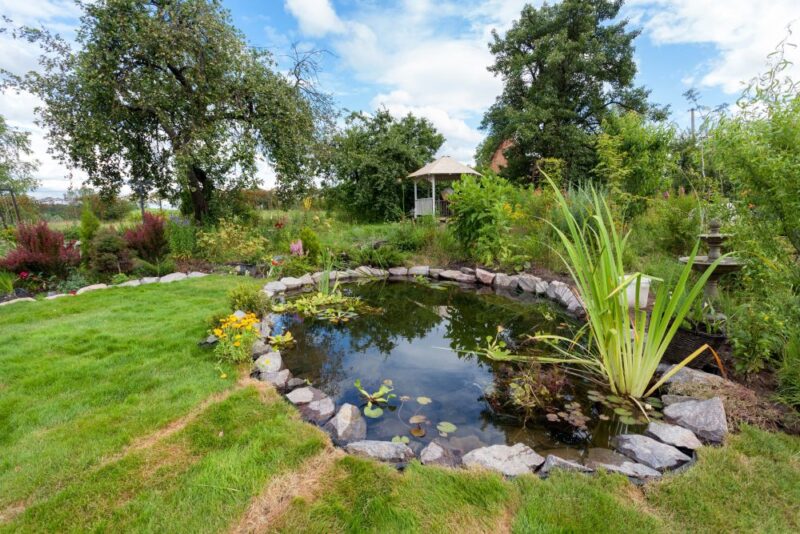
A pond designed with pets in mind should always include simple entry and exit points. Dogs, especially, may slip or jump into the water while playing.
Without gentle slopes or steps, escape becomes difficult and potentially dangerous.
Building sloped edges not only improves safety but also enhances the natural look of your pond.
- Integrate gradual slopes or shallow shelves for easy access.
- Avoid vertical or steep pond walls.
- Include stepping stones or textured surfaces to provide grip.
A dog-friendly pond ensures pets can explore without risk. Shallow shelves also give frogs, turtles, and fish a safe zone to rest or feed, promoting a healthy and interactive space.
3. Avoid Toxic Plants and Materials
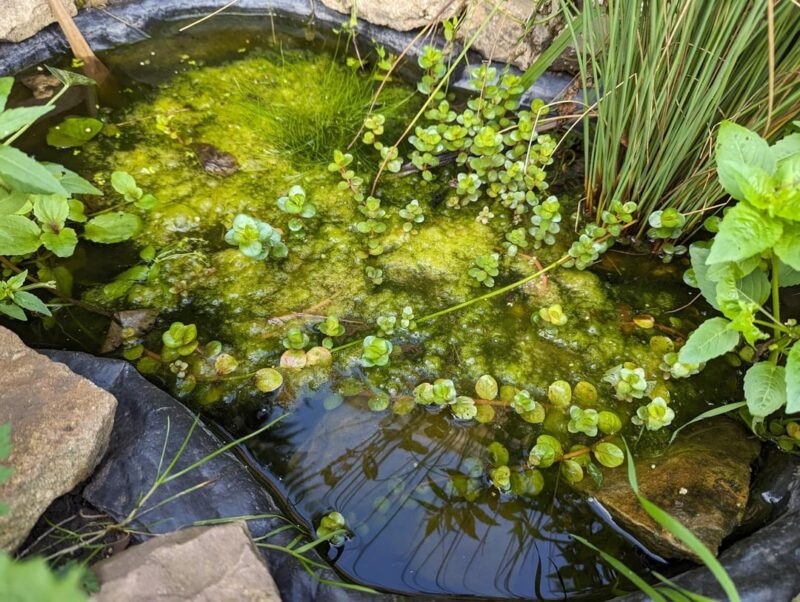
Creating a healthy pond starts with plant selection.
Many beautiful plants are toxic to pets if ingested, so careful choices are essential.
Some mulches, such as cocoa mulch, can also be harmful when licked or chewed by dogs.
Pet-safe landscaping guarantees a vibrant pond area that is both safe and attractive.
- Use non-toxic plants like Pickerelweed, Marsh Marigold, or Water Lettuce.
- Avoid azaleas, lilies, mums, and any chemical-based mulch.
- Skip pesticides and fertilizers that may leach into water.
A pond surrounded by non-toxic flora and natural materials ensures peace of mind and long-term health for pets that love to explore.
4. Use Pet-Safe Pond Liners and Structures
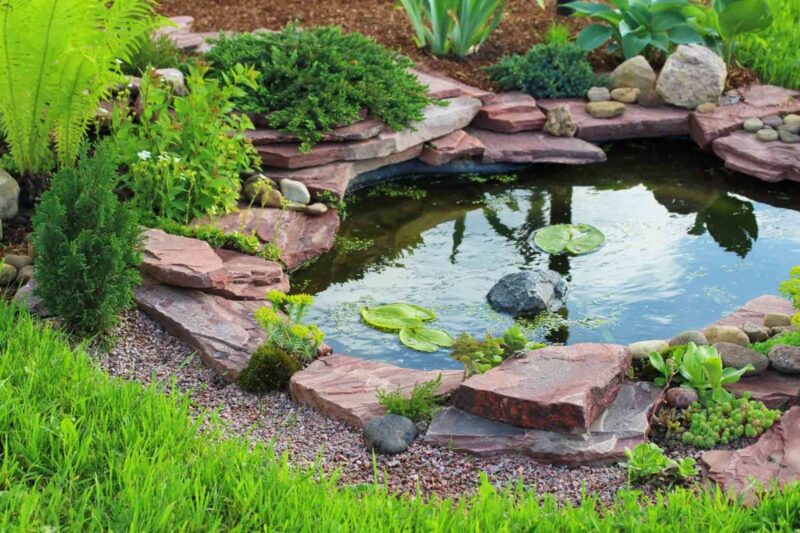
Durability plays a crucial role when building a pond that can handle pet activity.
Dogs tend to dig or claw at pond edges, which can damage fragile liners. Using robust materials keeps the pond leak-free and long-lasting.
EPDM liners are ideal since they’re strong and flexible, offering excellent resistance to punctures.
- Install an underlayment layer beneath the liner for extra protection.
- Reinforce edges with rocks or gravel to prevent tearing.
- Use hardware cloth below the liner to block burrowing animals.
Proper construction not only safeguards the pond but also ensures pets can interact safely without compromising the pond’s structure.
5. Provide Clean, Circulating Water
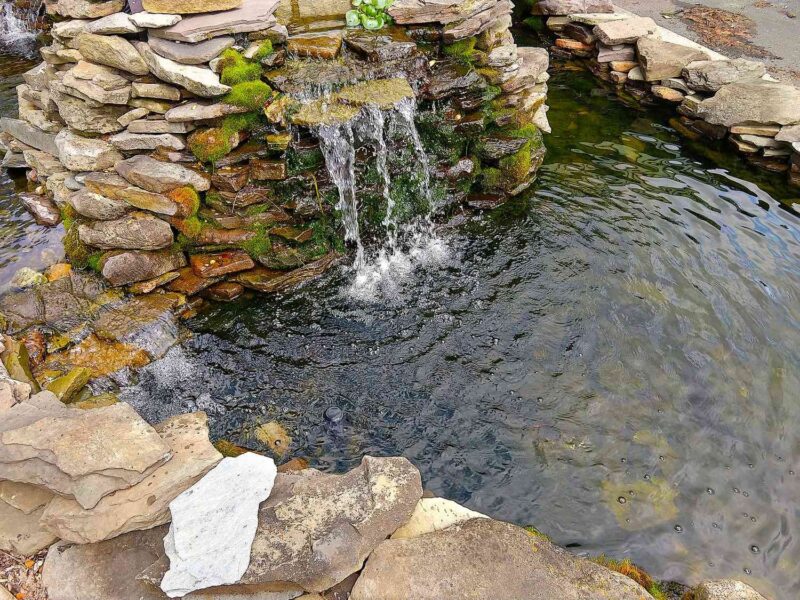
Healthy water benefits pets and aquatic life alike.
Stagnant ponds can breed algae, bacteria, and mosquitoes, which can harm both humans and animals.
A reliable filtration and aeration system is vital to keep water fresh and clear.
- Install a filter and skimmer to remove debris efficiently.
- Add a waterfall or fountain feature to boost aeration.
- Use natural methods to maintain clarity, avoiding chlorine or harsh chemicals.
Equipment such as the JetStream Aqua Blower can help keep water oxygenated and moving, preventing the growth of unwanted bacteria.
Clean circulation ensures pets can drink and play safely around the pond.
6. Add Pet-Friendly Features and Paths
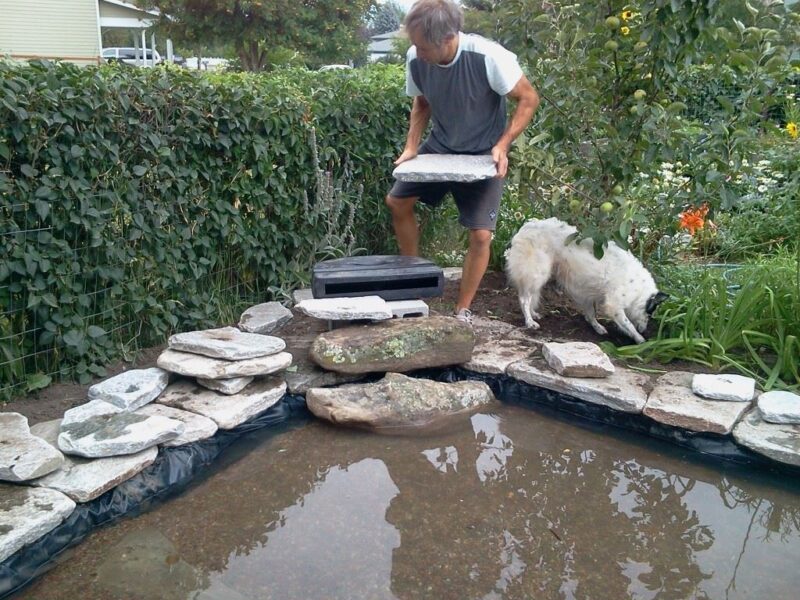
An engaging pond area invites pets to explore safely. Building dedicated paths or trails helps define movement and reduces the risk of slipping or damaging plants.
Use materials that remain cool underfoot and avoid sharp edges.
- Lay out paw-safe materials such as smooth gravel, mulch, or flagstone.
- Provide shaded resting areas near the water.
- Include flat rocks where pets can sit or wade comfortably.
A well-designed pond landscape encourages healthy exploration while keeping pets protected and comfortable in all seasons.
7. Plan for Wildlife and Playtime
A backyard pond offers entertainment and enrichment for both pets and nature.
Allowing birds, frogs, and insects to share the space adds life and balance to the garden.
Creating shallow play zones lets pets splash safely without harming delicate aquatic life.
- Build shallow ledges for safe play and wading.
- Install a low fence if pets need to be kept from certain zones.
- Design a mix of shaded and sunny areas to attract diverse wildlife.
When pets and wildlife coexist peacefully, the pond becomes a lively ecosystem that nurtures curiosity and joy.
8. Keep It Easy to Maintain
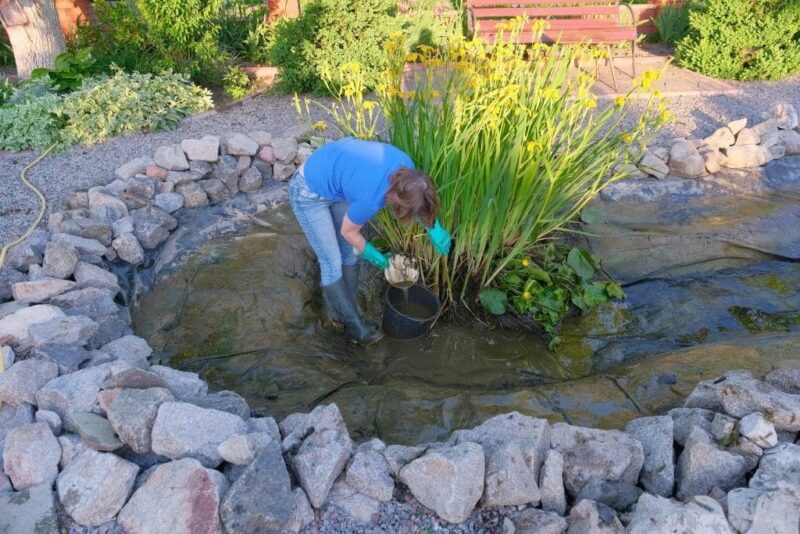
Keeping a backyard pond easy to maintain is essential for both beauty and safety.
A well-kept pond not only enhances the overall atmosphere of the garden but also ensures pets can interact safely without being exposed to algae, bacteria, or slippery surfaces.
A neglected pond quickly turns into a breeding ground for insects and can even pose hazards such as sharp debris, foul odors, or unstable edges.
A few smart design decisions at the start can significantly reduce the amount of work needed later, allowing more time for relaxation and enjoyment.
- Use smooth, rounded rocks on the pond bottom for easy cleaning.
- Install hardy plants that require minimal trimming.
- Skim leaves and debris regularly to maintain filtration efficiency.
Consistent care keeps the pond visually appealing and pet-safe, offering a serene and engaging spot for years to come.
The Bottom Line
Designing a pet-friendly pond is about harmony, safety, and fun.
With thoughtful planning, safe materials, and regular upkeep, any backyard can transform into a playful retreat where pets, wildlife, and water coexist in perfect balance.
Related Posts:




